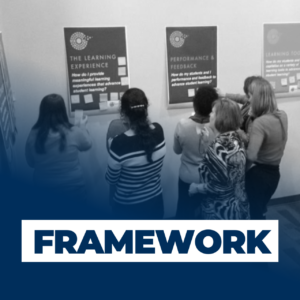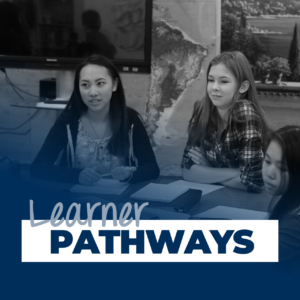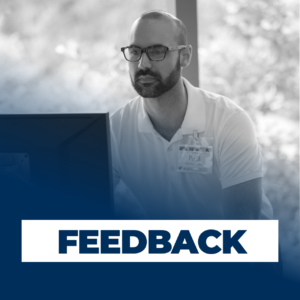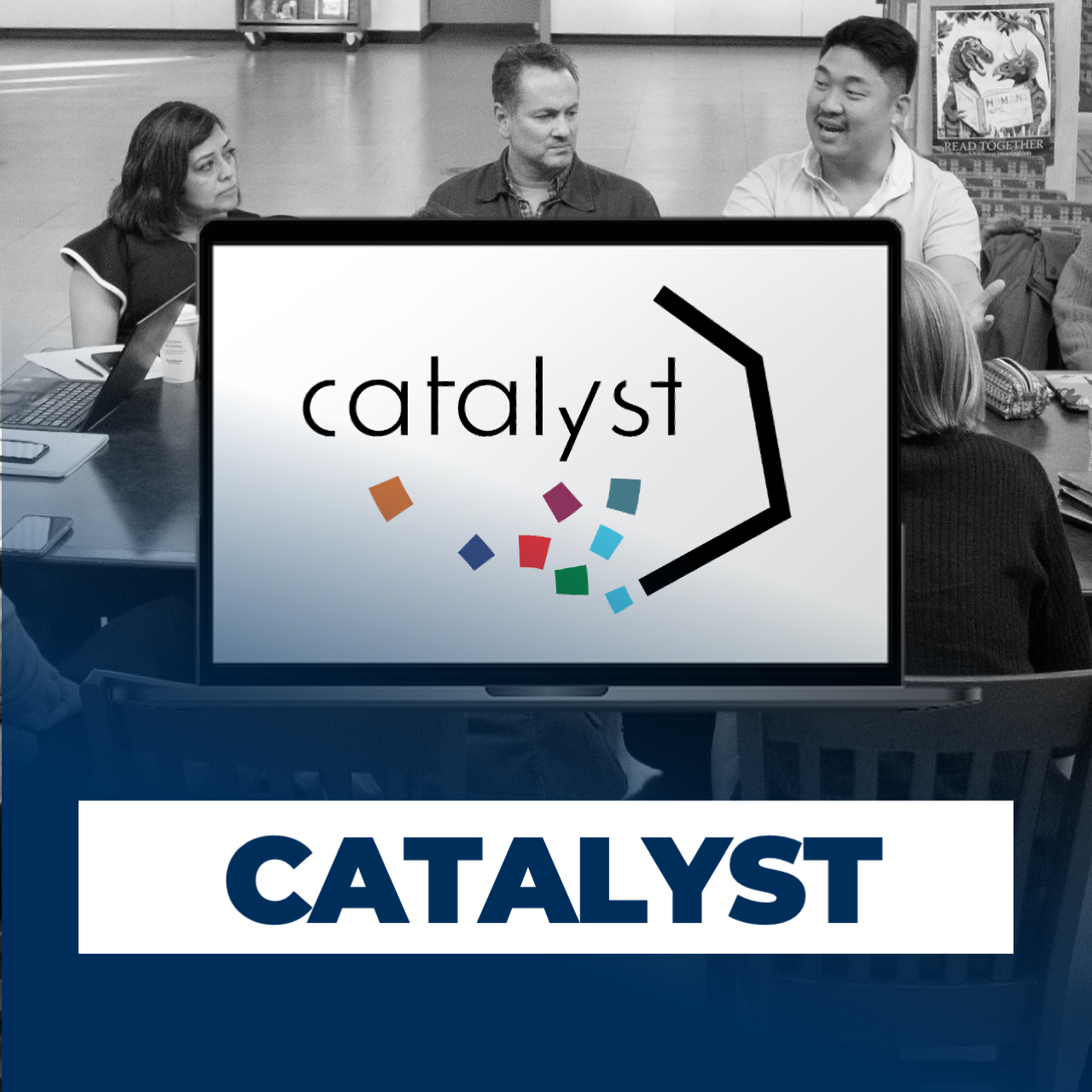

for language learning
empowering educators
PEARLL has published a collection of products and processes that world language educators can use to enhance their effectiveness as language educators. Those who use TELL framework, tools, and resources may be K-12 world language teachers; language faculty at institutions of higher education; language instructors working for government agencies, and, school and district administrators.
For a comprehensive view of all the ingredients that go into effective language teaching, see the TELL framework. If you want to bring pieces of the TELL framework into your lessons tomorrow, explore the TELL learner pathways. For a an effective way to provide feedback for yourself or your colleagues, choose one of the many TELL feedback forms.
The Teacher Effectiveness for Language Learning Framework provides a common language and definition of the model world language teacher. The framework creates a clear description of behavior model teachers exhibit.
Learner Pathways look at effective language learning experiences from the perspective of the learner, identifying connected key sub-criteria from the Teacher Effectiveness for Language Learning Framework to create a set of teacher responsibilities.
Designed to offer support that facilitates language teachers’ professional growth, teachers can self-assess, peer-assess or work with administrators to identify their level of effectiveness and set and monitor goals for professional growth.
With Catalyst, a social, online portfolio based on the Teacher Effectiveness for Language Learning (TELL) framework, educators of all levels can connect with others to engage in meaningful collaboration and receive feedback on teaching practices.
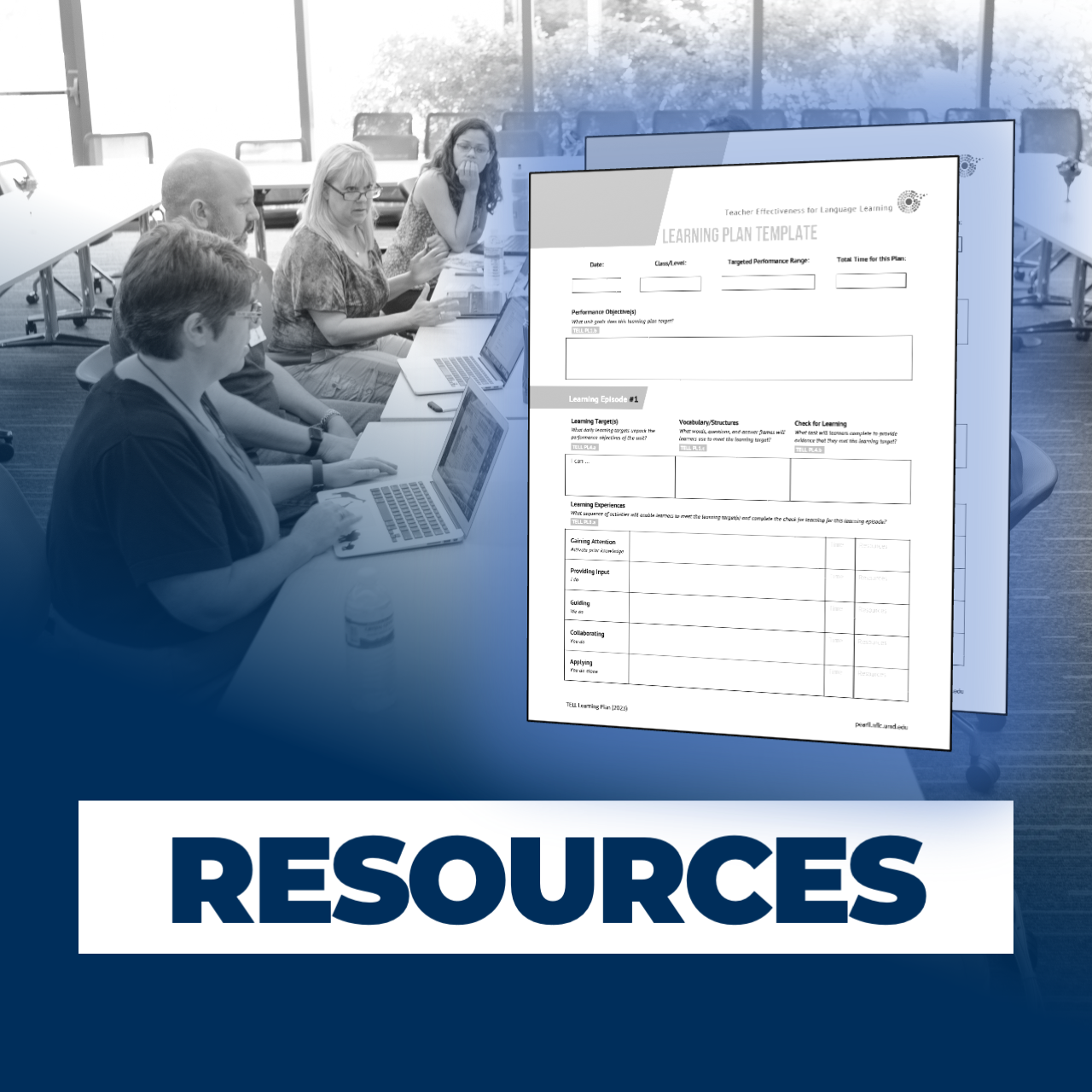
Designed to support world language educators’ effectiveness, PEARLL has developed resources that highlight sample curricula, learning plans, and activities developed by educators for educators.

The Teacher Effectiveness for Language Learning Framework establishes those characteristics and behaviors that model teachers exhibit. The Framework consists of 7 domains designed to address a teacher’s need to Prepare for Student Learning, Advance Student Learning, and Support Student Learning.
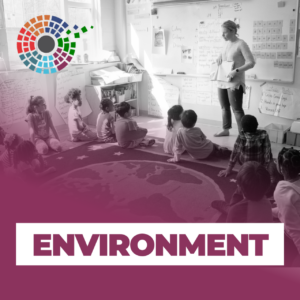
How do teachers create a safe and supportive learning environment to prepare for learning?
In creating an effective language learning environment, teachers forge strong connections with students, collaboratively setting expectations for safety, language proficiency, and intercultural thinking. Positive teacher-student relationships, clear behavior guidelines, and purposeful collaboration contribute to secure, focused, and culturally enriching learning spaces, fostering student well-being and student learning.
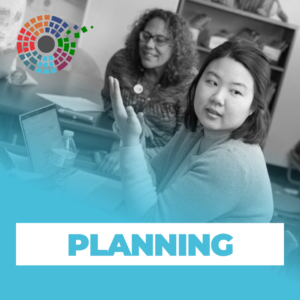
How do teachers plan learning experiences to prepare for student learning?
Effective planning is crucial for teachers to guide students in achieving performance objectives for unit and course goals. This involves aligning objectives with standards, designing learning experiences tailored to student needs, and incorporating authentic materials for language processing. A well-coordinated series of activities fosters cognitive engagement in real-world tasks, ensuring meaningful learning throughout the lesson.
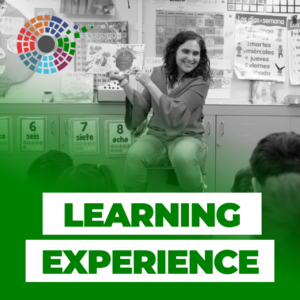
How do teachers facilitate meaningful learning experiences that advance student learning?
When facilitating effective language learning experiences, teachers implement engaging lessons based on learners’ ages, interests, and abilities. Teachers share daily learning targets and guide students through activities that involve real-world tasks in the target language, allowing students to process language input before producing language in interpersonal and presentational communication.
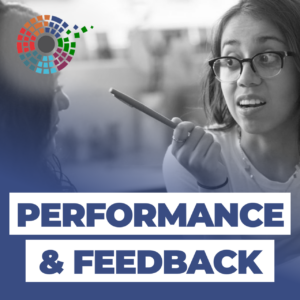
How do teachers and students use performance and feedback to advance student learning?
In an effective language learning environment, performance and feedback are pivotal for student learning. Teachers conduct both formative and summative performance assessments to monitor student progress and provide feedback for improvement. Through data analysis, teachers document student progress in meeting course goals and proficiency targets and adjust future learning experiences.
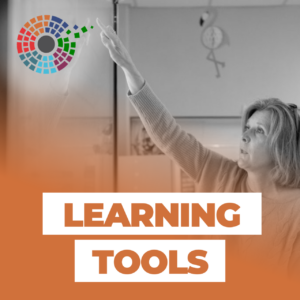
How do teachers capitalize on a variety of learning tools to advance student learning?
In effective language learning environments, teachers prioritize authentic resources to develop intercultural communicative competence. They employ verbal and non-verbal strategies to enhance comprehension in the interpretive mode. Learners utilize these resources for language production in interpersonal and presentational modes, as well as technology tools for connections with target language communities.
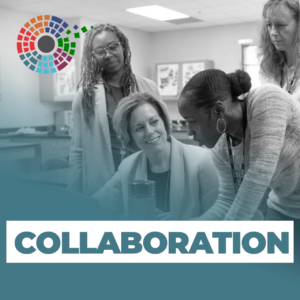
How do teachers partner with stakeholders to support student learning?
Effective language teacher work with others and use official information to understand the educational, cultural, and linguistic backgrounds of their students. Additionally, the teacher keeps other stakeholders informed about language learning processes and actively seeks connections with local and global language communities to enhance opportunities for students in language and cultural learning.
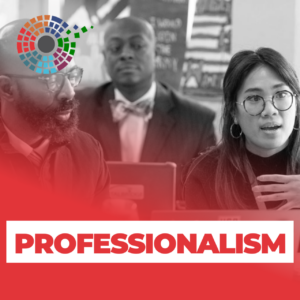
How does teachers’ continued growth as a professional support student learning?
Teachers’ continued professional growth contributes to and supports student learning. A unique professional responsibility for language teachers is the need to advocate for the importance of language learning for all students. An effective language teacher recognizes the role effective pedagogy plays in student learning and reflects in meaningful ways to advance current practice by identifying their strengths and creating professional growth plans based on evidence of student learning and growth.
learner pathways
Learner Pathways look at effective learning experiences from the perspective of the learner by describing what students do. Each pathway identifies three learner engagement behaviors. The Learner Pathway then identifies connected key subcriteria from multiple domains of the Teacher Effectiveness for Language Learning (TELL) Framework to create a set of teacher responsibilities. These pathways allow teachers to reflect on the degree to which their learners exhibit the engagement behaviors and identify areas of focus for their own professional growth.
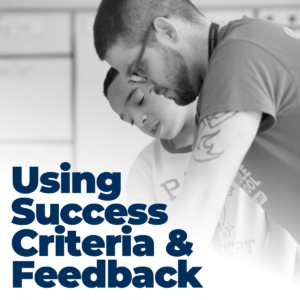
How does feedback support learners’ language development?
In effective language learning experiences, learners know and understand the success criteria that guide language development. They receive feedback to celebrate success, reflect on progress and identify next steps in language development. What actions does a teacher need to take to facilitate these learner engagement behaviors?
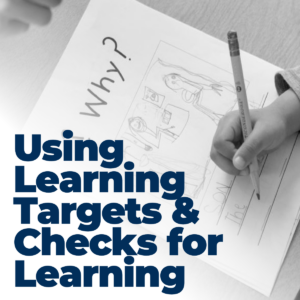
How do learning targets support learner's language development?
In effective language learning experiences, learners use learning targets and checks for learning to identify and reflect on what they are able to do at the end of a lesson. What actions does a teacher need to take to facilitate these learner experiences?
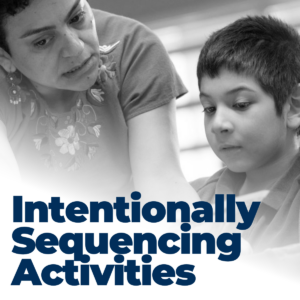
How do intentional sequences of activities support language development?
In effective language learning experiences, learners engage in activities that gradually enable them to individually meet the learning targets of a lesson. Through a release of responsibility teachers support learners while providing language input and guiding them to language processing and independent application of learning. What actions does a teacher need to take to facilitate these learner experiences?
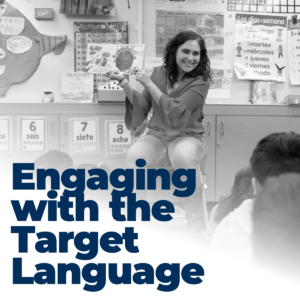
How do learners engage with the target language?
In effective language learning experiences, learner are immersed in a language-rich environment that supports interpreting, expressing, and negotiating meaning in a real-world context. When engaging with language input, learners demonstrate comprehension in a variety of ways. What actions does a teacher need to take to facilitate these learner experiences?
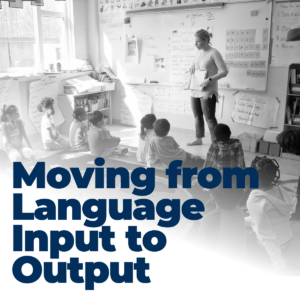
How do learners move from language input to output?
In effective language learning experiences, learner are immersed in a language-rich environment in which they have frequent opportunities for interpreting meaning in a real-world context before producing language in the interpersonal or presentational mode. What actions does a teacher need to take to facilitate these learner experiences?

How do learners engage with standards-based thematic units of learning?
In effective learning experiences, learners focus on meaningful and purposeful communication in a context that increases their ability to use language and cultural understanding to interact appropriately in real world contexts. What actions does a teacher need to take to facilitate these learner experiences?

How do performance assessments support language development?
In effective language learning experiences, learner engage in formative and summative performance tasks to demonstrate how well they are making progress toward meeting the performance objectives of a unit. What actions does a teacher need to take to facilitate these learner experiences?

TELL feedback forms offer support for language educators in identifying their strengths and areas of professional growth. Teachers can self-assess, peer-assess, observe lesson or work with administrators and other educators to identify how well they currently meet the criteria identified in the Teacher Effectiveness for Language Learning (TELL) framework. To assist educators reflective practice, PEARLL makes available self-assessments, classroom observation forms, focused feedback forms, professional growth plan models.
self-assessments
Self-assessments allow an educator to pause and consider their current practice to identify their strengths and possible areas of professional growth. While completing a self-assessment, consider each TELL criterion and note how it is reflected in your current practice. Identify observable evidence from your practice to support your reflections. Then rate yourself for each sub-criterion and review the outcomes with a critical friend, mentor, or supervisor.
full class observation form
Many of the TELL criteria describe teacher behaviors beyond what is observable in a classroom. While some criteria may not be visible during a classroom visit, criteria identified in the Learning Experience and Performance & Feedback domains are easily observable.
focused feedback forms
Focused feedback forms allow observers to quickly visit several classrooms and collect quick and broadly gathered information on specific criteria for the purpose of gaining a snapshot of the degree to which those characteristics are evident across numerous teachers and classrooms. (PEARLL acknowledges that walkthrough observations should take anywhere from 8-12 minutes.)
professional growth plans
Effective professional growth experiences should be accompanied by opportunities to reflect and to plan follow-up action. PEARLL supports empowering educators to make reflection and planning routine part of their professional lives.
catalyst
Catalyst is a social, online portfolio based on the Teacher Effectiveness for Language Learning (TELL) framework. Developed out of a collaboration between PEARLL and the Center for Applied Second Language Studies (CASLS), it allows world language educators to:
With catalyst, educators of all levels can connect with others to engage in meaningful collaboration and receive feedback on teaching practices. Workshop facilitators, department heads, and other professional mentors can encourage and support professional growth toward shared goals. Synchronous mentoring allows for real-time feedback.


